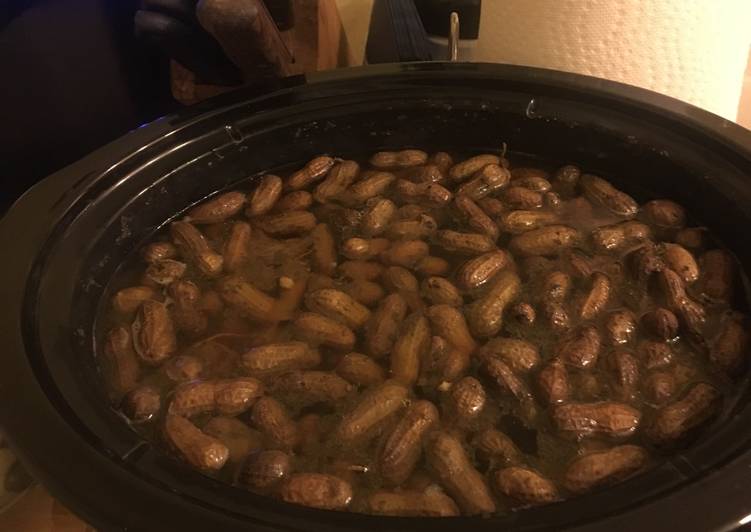
Hey everyone, it is me, Dave, welcome to our recipe site. Today, I’m gonna show you how to make a distinctive dish, filipino food series: batangas pancit lomi or lomi (noodles). It is one of my favorites food recipes. This time, I am going to make it a little bit unique. This will be really delicious.
Filipino Food Series: Batangas Pancit Lomi or Lomi (Noodles) is one of the most well liked of recent trending meals on earth. It is appreciated by millions daily. It is easy, it’s fast, it tastes delicious. They’re fine and they look fantastic. Filipino Food Series: Batangas Pancit Lomi or Lomi (Noodles) is something which I have loved my entire life.
T De Leon Valenzuela City Philippines. Lomi or Pancit Lomi is a Filipino dish made with a. Pancit Lomi is hearty, tasty, and the ultimate comfort food!
To get started with this particular recipe, we have to prepare a few components. You can have filipino food series: batangas pancit lomi or lomi (noodles) using 18 ingredients and 6 steps. Here is how you can achieve that.
The ingredients needed to make Filipino Food Series: Batangas Pancit Lomi or Lomi (Noodles):
- Take 1/2 Kg Miki Noodles (Basically egg noodles)
- Prepare 2 medium size shallots
- Make ready 3 cloves garlic
- Take 2 1/2 tsp soy sauce
- Get 8 cups pork broth
- Take 1 tsp ground black pepper
- Take 3 tablespoon cassava starch (others use flour, but I personally like the thickness texture of cassava starch)
- Take 1 tsp salt
- Take 2 tsp fish sauce
- Prepare 1/4 fried Kikiam
- Prepare 1/4-10 pcs chicken balls
- Take 1/4 kg pork liver (marinated in soy sauce and lemon or calamansi)
- Get 1/4 kg pork belly cut into thin strips deep fried (pork rind)
- Prepare 1/4 cabbage washed and chopped
- Get 2 eggs hard boiled
- Prepare 1 egg beaten
- Prepare 1/4 cup oil
- Make ready Spring onions
Many regional varieties are thickened with flour or eggs and incorporate pork or chicken, sliced pork liver, and a variety of vegetables. The most famous version of pancit lomi originates from Batangas. A Batangas version of your favorite lomi where there are no veggies or if there is any, it is only used as garnishing. This is a version lomi created for meat lovers where the most of the ingredients aside from the miki noodles are pork meat, pork liver, pork rind or chicharon, kikiam and fried pork belly for.
Instructions to make Filipino Food Series: Batangas Pancit Lomi or Lomi (Noodles):
- Fry all toppings first, pork belly, kikiam, chicken balls separately. Half cook the marinated liver.
- Sauté in oil the garlic, shallots pepper, soy sauce and fish sauce until shallots are soft.
- Add the pork broth and let it simmer for 3 minutes then add the egg noodles. Stir and let it simmer for another 3 minutes or until the egg noodles is cooked.
- Mix the cassava starch and then pour it gently to the broth while stirring continuously to avoid it getting lumpy.
- Add egg, salt and then stir gently. Transfer it into a bowl and add generous toppings, kikiam, chicken balls, hardboiled egg, cabbage, liver, pork rind and spring onions.
- Best paired with soy sauce with onions, calamansi and chilli!
Lomi or Pancit Lomi is a type of noodle soup dish that makes use of thick egg noodles. Although this dish originated from the Chinese, several different regional variations became available throughout the years. The most popular among these variations would probably be the Batangas Lomi. Yes, pancit lomi is that one pancit recipe which has thick broth in it brought about by the cornstarch mixed into the recipe. Originally from Batangas, pancit lomi is usually sold in eateries across the province.
So that’s going to wrap this up for this special food filipino food series: batangas pancit lomi or lomi (noodles) recipe. Thanks so much for reading. I am sure that you can make this at home. There is gonna be more interesting food at home recipes coming up. Don’t forget to save this page on your browser, and share it to your family, colleague and friends. Thanks again for reading. Go on get cooking!


